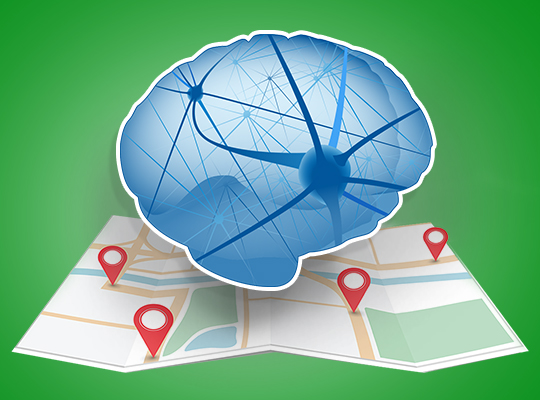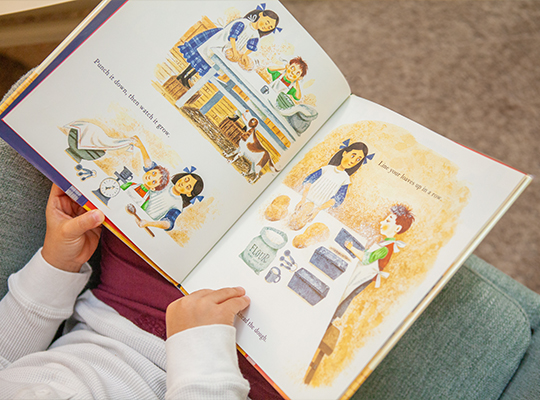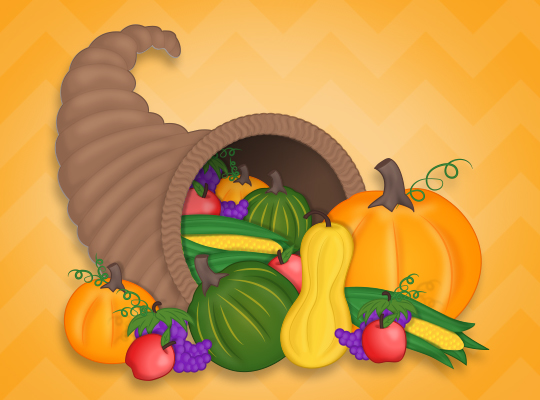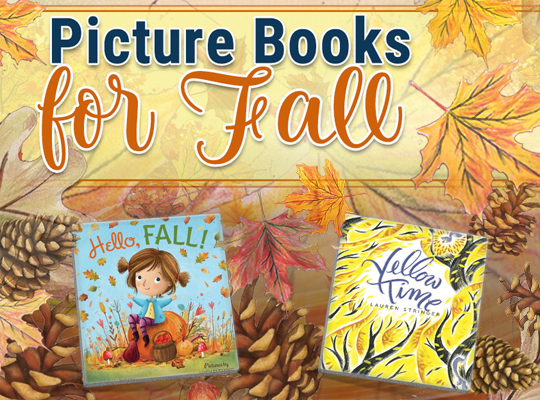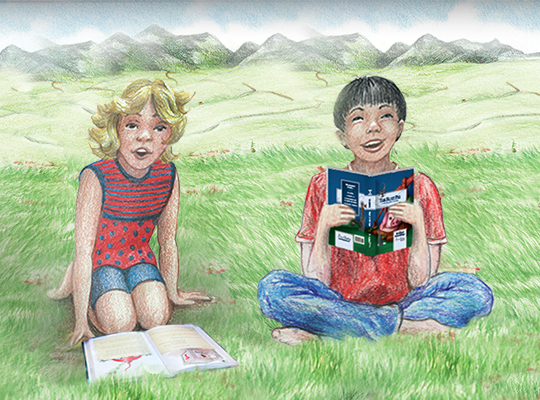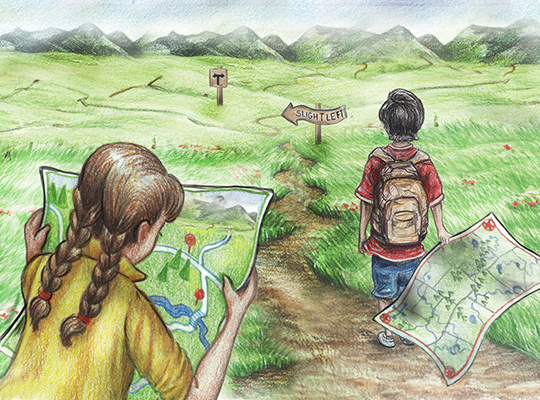
All About Learning Press is a cherished resource among homeschoolers, and we’re always happy to help parents and teachers get started. One of the trickiest obstacles potential homeschoolers face is understanding the laws and regulations around homeschooling. You’ll be happy to hear that the process in Florida is relatively straightforward and pretty easy to navigate.
Continue reading…




